Upon hearing the word ‘duck’, most people will imagine a white bird with yellow beak and orange webbed feet. However, our protagonist duck is not your average fowl. The Mandarin duck is a truly exceptional species, renowned for its breathtaking beauty. Its feathers boast an array of vivid hues, making it stand out from the rest of its kind. Moreover, its unique shape is equally remarkable. A single glance at this majestic creature will leave you in awe.
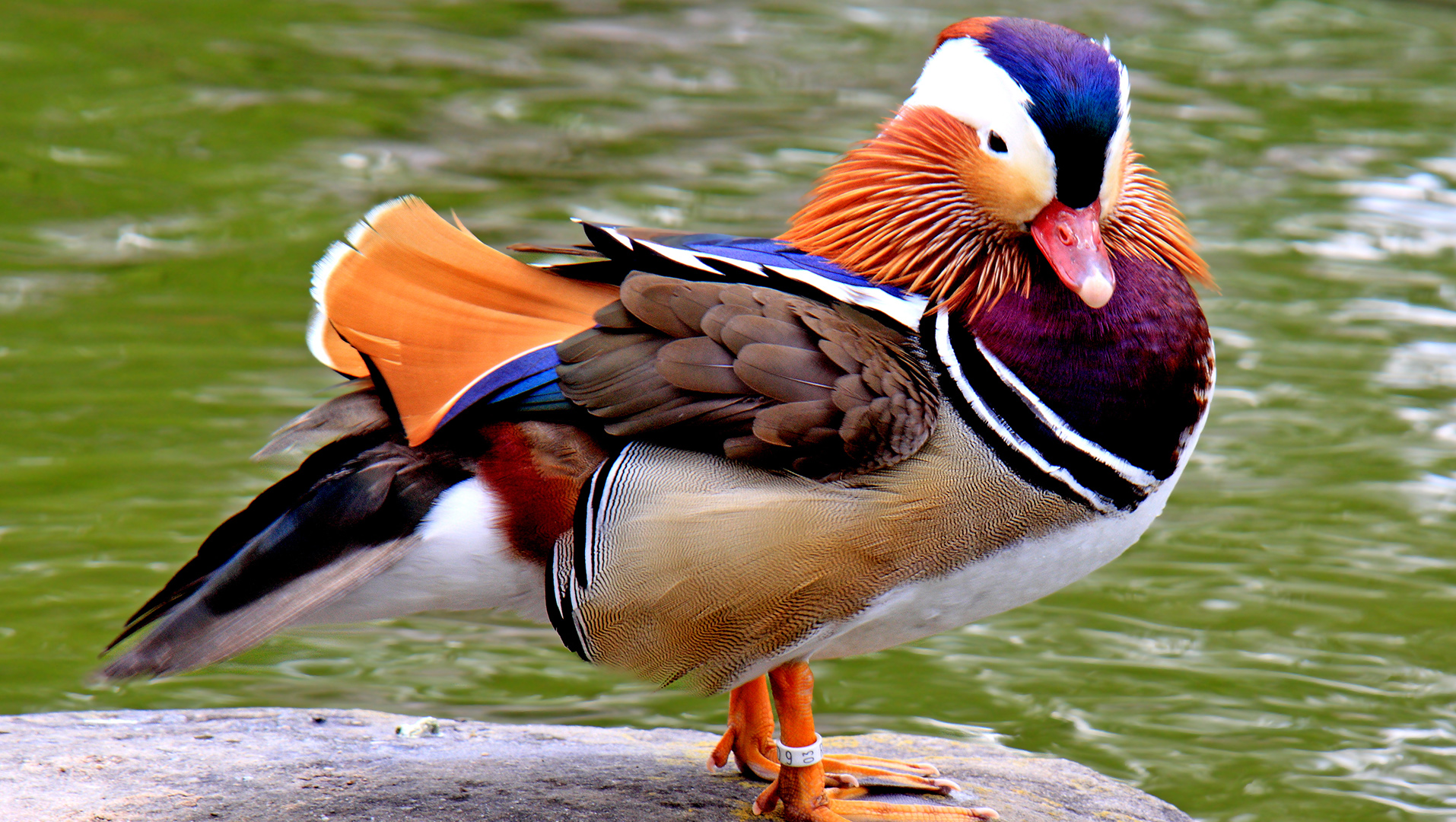
If you reside in East Asia or the UK, chances are you’ve encountered these feathered beings. Despite being introduced to the UK by Chinese Mandarins in the 1900s, it’s widely speculated that certain Mandarin ducks fled and began their own colony in Britain and other areas worldwide, thus contributing to their increasing numbers.
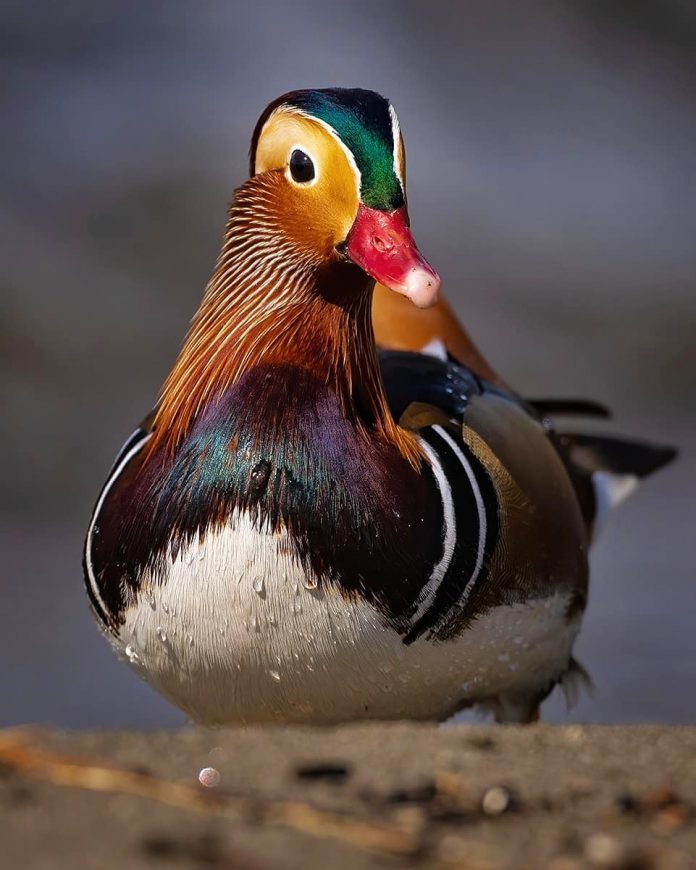
The credit for the image goes to wildlife.obsession on Instagram.
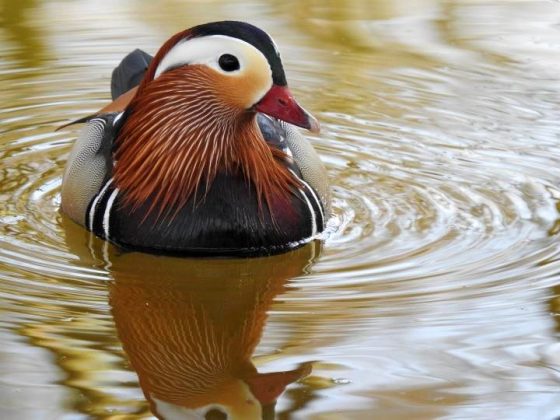
Attribution for the photo goes to lenka__photo_/instagram.
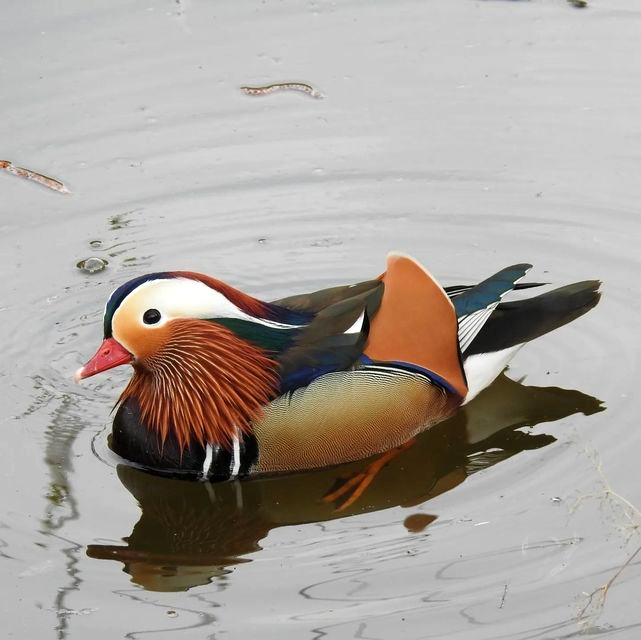
Based on pictures, the male Mandarin duck has a variety of striking colors that make it stand out. Its face is orange, its bill is red, and it has white crescents above its eyes. The breast is purple while the sides are bronze. On top of its blue back, it has orange sails that resemble boat sails. It’s worth noting that these distinct features are only present in male Mandarin ducks.
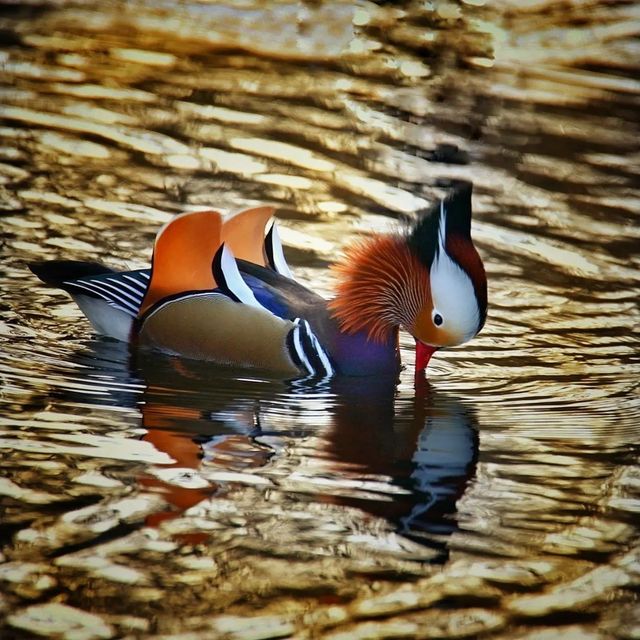
Credit for the image goes to ciprian_wildlife_photography on Instagram.
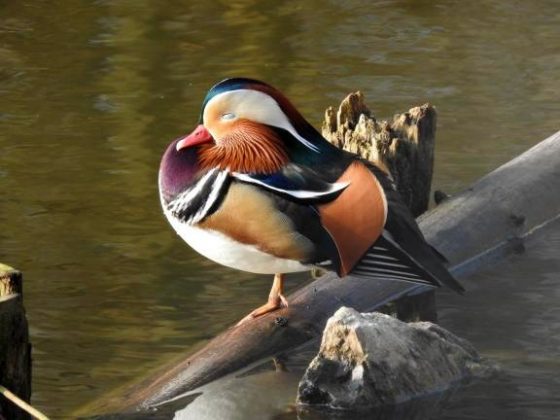
The photo credit goes to lenka__photo_ on Instagram.
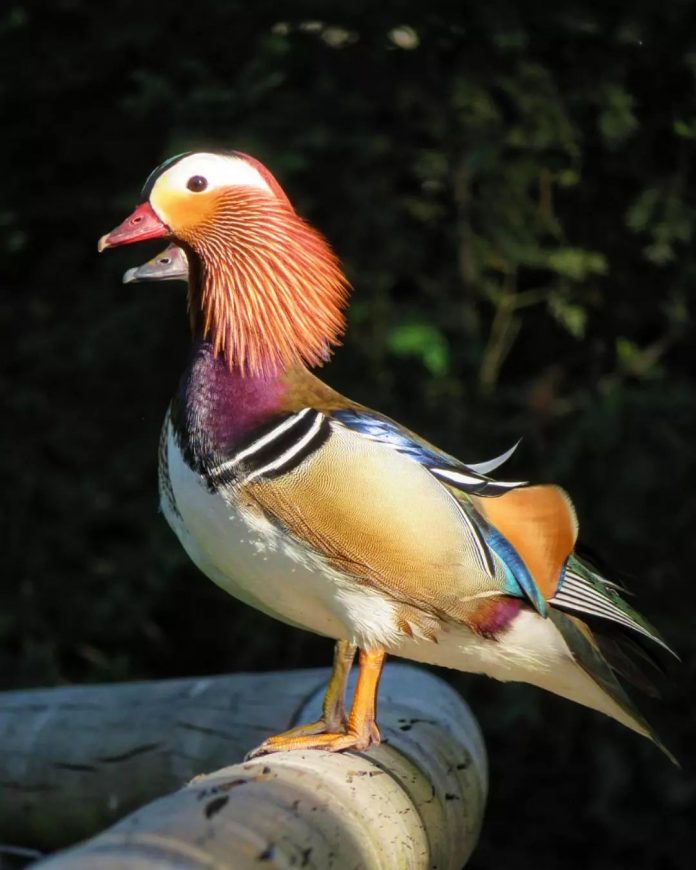
The female Mandarin duck may not be as flashy as the male, sporting a more subdued grey color with a white stripe from her breast to her eyes. While there is a slim chance of spotting these ducks in North America, one named Trevor made waves on the internet in Vancouver. However, concerns arose about their potential invasiveness in the west due to the lack of natural predators.
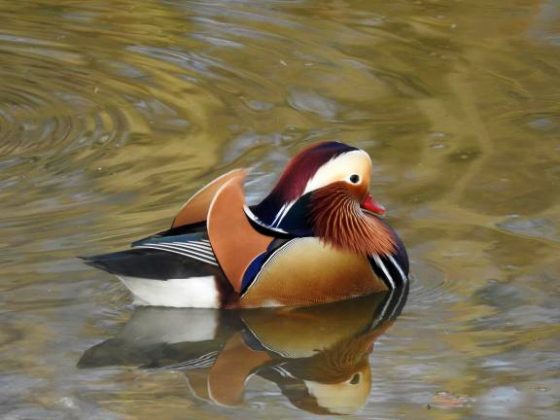
Attribution: lenka__photo_/instagram
The picture credit goes to lenka__photo_/instagram.
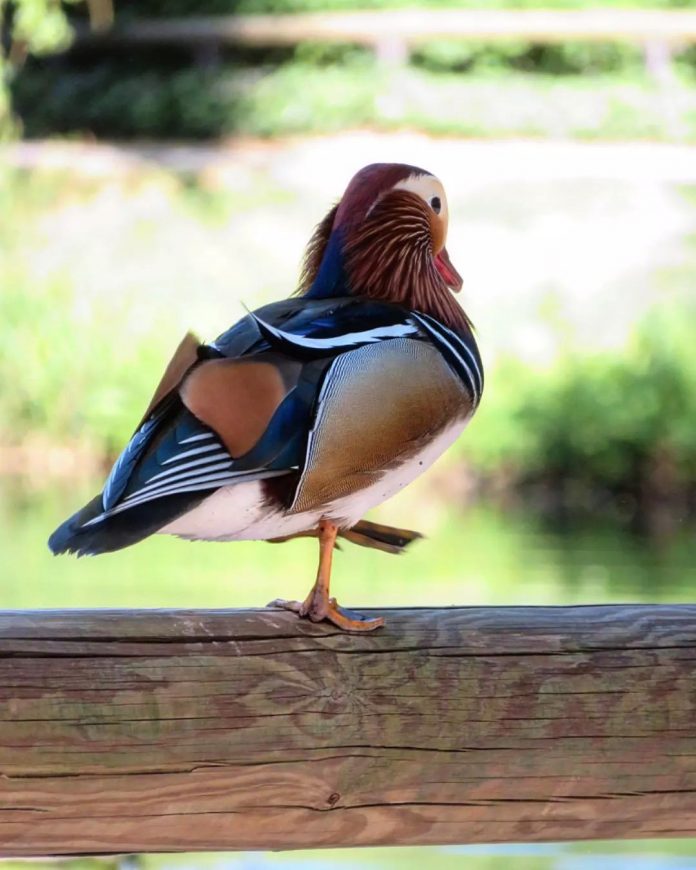
The photo source is credited to the Instagram account “uglyduckling.inthepond”.
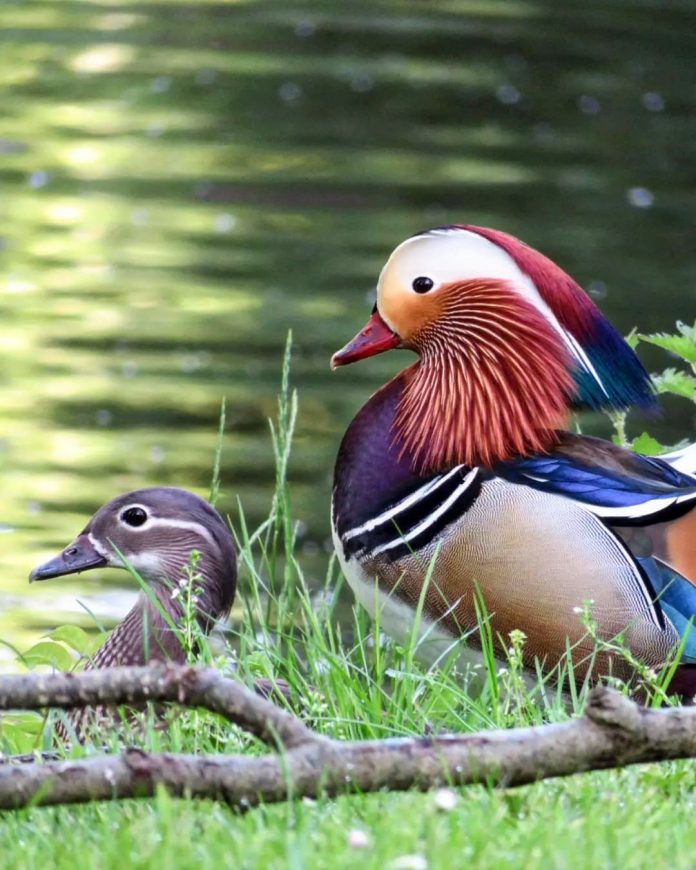
Mandarin ducks prefer living and procreating in areas with dense vegetation like riverbanks. Their food sources include seeds, plants, snails, insects, and small fish which may change based on the season. Although they are not classified as endangered, logging and habitat destruction pose a significant threat to their existence. We should take action to safeguard this lovely species and prevent them from becoming extinct.
